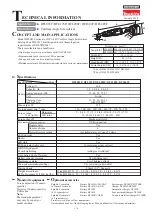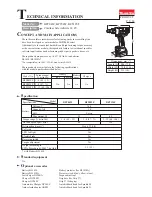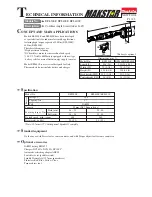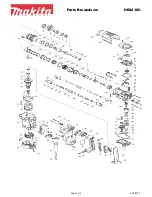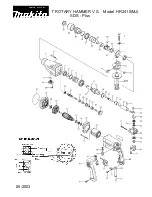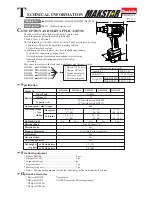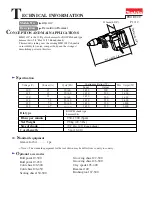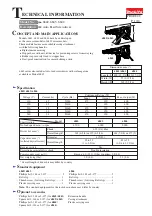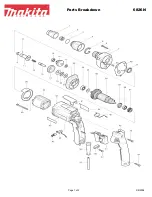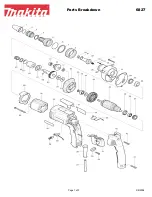AN10881
All information provided in this document is subject to legal disclaimers.
© NXP B.V. 2011. All rights reserved.
Application note
Rev. 2 — 26 September 2011
67 of 102
NXP Semiconductors
AN10881
TEA1713 resonant power supply control IC with PFC
Aspects that influence the voltage levels (BURST and HYST) of Burst mode:
•
Input voltage V
boost
•
SNSFB voltage regulation levels in combination with the preset frequency range of
RFMAX and CFMIN
•
Dynamic behavior of the regulation during Burst mode and during normal operation
(large load variations)
9.6 Output power - operating frequency characteristics
show that it is critical to make a design choice for a certain SNSFB voltage to
start bursting. With this kind of characteristic there is a risk that, due to spread, the system
can either remain in Burst mode or never reach Burst mode operation at all. The
dimensioning of the LLC can be made more suitable for Burst mode. The standard
approach is to design the system in such a way that it cannot regulate to no-load, even at
the highest frequency. During the lowest loads, the frequency required for regulation must
become infinite. A voltage level can then easily be chosen to ensure that Burst mode is
activated at the lowest load and that the remaining load conditions operate in Normal
mode. Burst mode now enables the system to operate at no-load.
1.
V
BOOST
= 310 V (DC)
2.
V
BOOST
= 350 V (DC)
3.
V
BOOST
= 390 V (DC)
Fig 45. SNSFB voltage to output power characteristics examples
Pout (W)
0
250
200
100
150
50
001aal041
5.4
5.6
5.2
5.8
6.0
SNSFB
(V)
5.0
(1)
(2)
(3)

